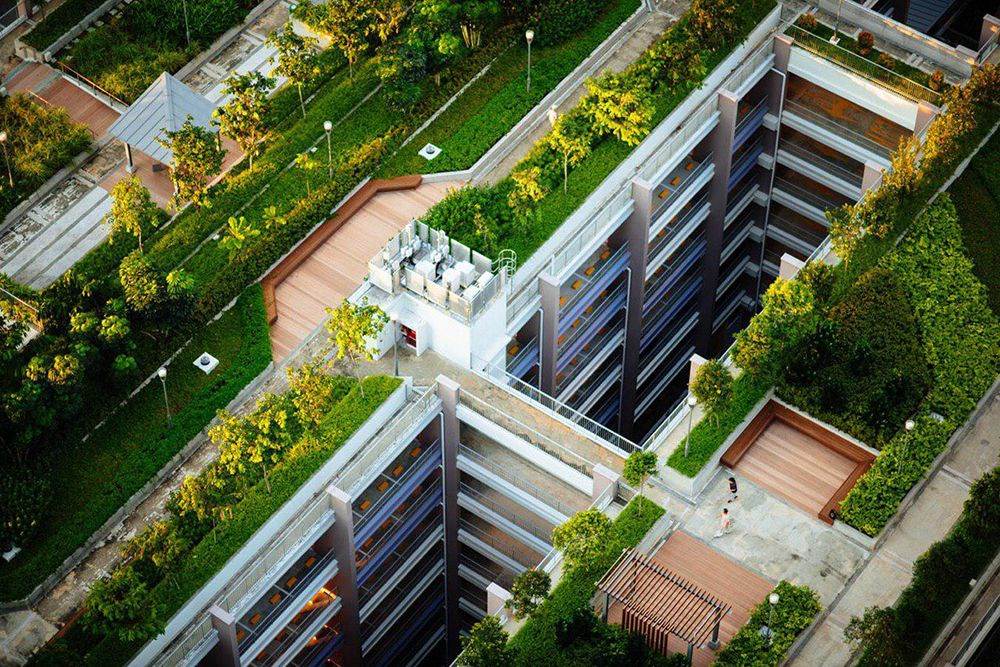
Reading Time: minutes
Climate scientists have agreed that the worsening condition of climate change can be contributed to human activities. The building and construction sector alone accounts for nearly 40 percent of the total energy-related CO2 emissions and 36 percent of final energy use worldwide.
As the growing population demands additional building floor areas globally, these numbers are expected to increase by 50 percent by 2060, driving energy demand and related greenhouse gasses (GHG) emissions for construction.
To mitigate these numbers, the real estate industry has adopted a new approach. By integrating sustainability and energy efficiency measures, the US Green Building Council (USGBC) has developed a rating system helps in constructing buildings, developing neighborhoods and even cities that use less energy and fewer resources and have a lower carbon footprint.
LEED-certified buildings reduce the impacts contributing to climate change. This certification becomes an edge for modern buildings today, not only enriching their credentials but also because of its contribution to the global plight of reducing the negative impacts of construction, especially carbon footprint.
The LEED process addresses a structure’s planning, design, construction, operations and end of life as well as considering energy, water, indoor environmental quality, materials selection, and location. Green buildings operationalize using reduced landfill waste, enable alternative transportation use and encourage retention and creation of vegetated land areas and roofs.
All of these strategies significantly reduce the carbon footprint of buildings and occupants beyond what energy efficiency alone does.
The USGBC awards this certification to buildings which uplift these measures in their overall design and operational methods. In a 2014 UC Berkeley study, researchers have found that by LEED-certified green buildings have contributed 50 percent fewer GHGs than conventionally constructed buildings due to water consumption, 48 percent fewer GHGs due to solid waste and 5 percent fewer GHGs due to transportation.
LEED certification is not only an investment for buildings. It is their commitment and pledge for the future generations. Moreover, LEED-certified buildings are safer for its tenants and are proven to provide numerous benefits for their health and productivity as well.

